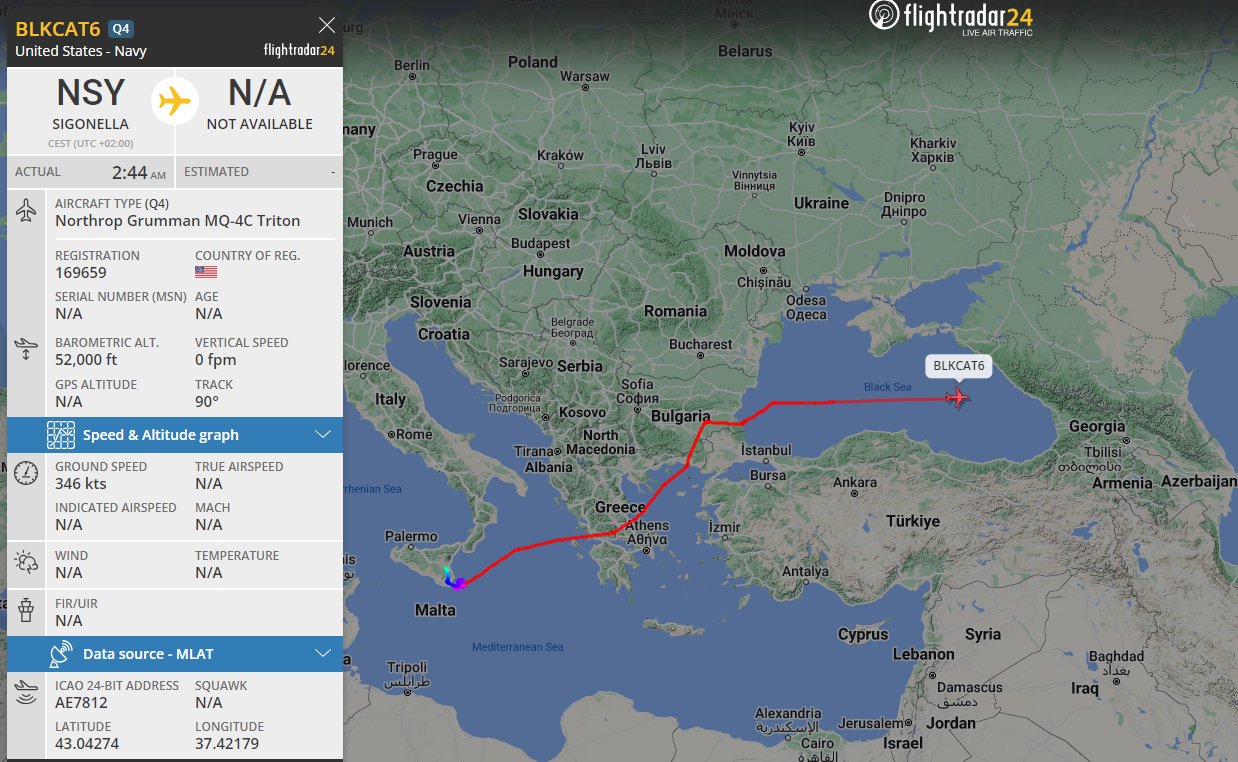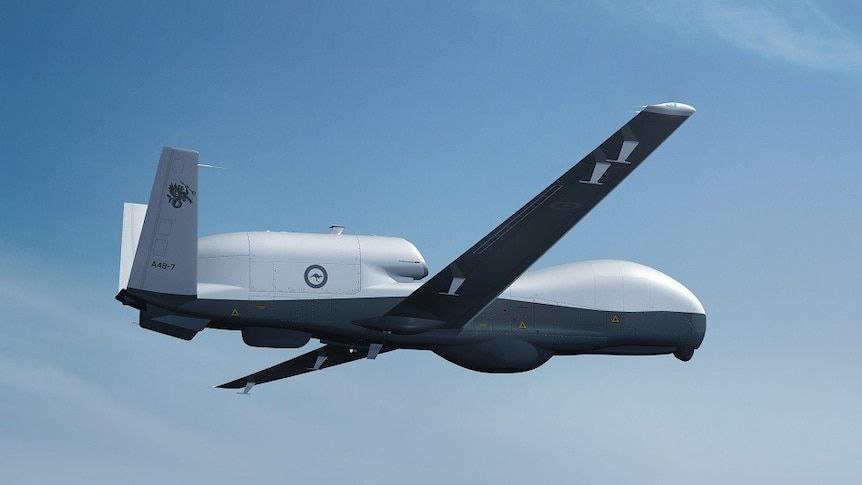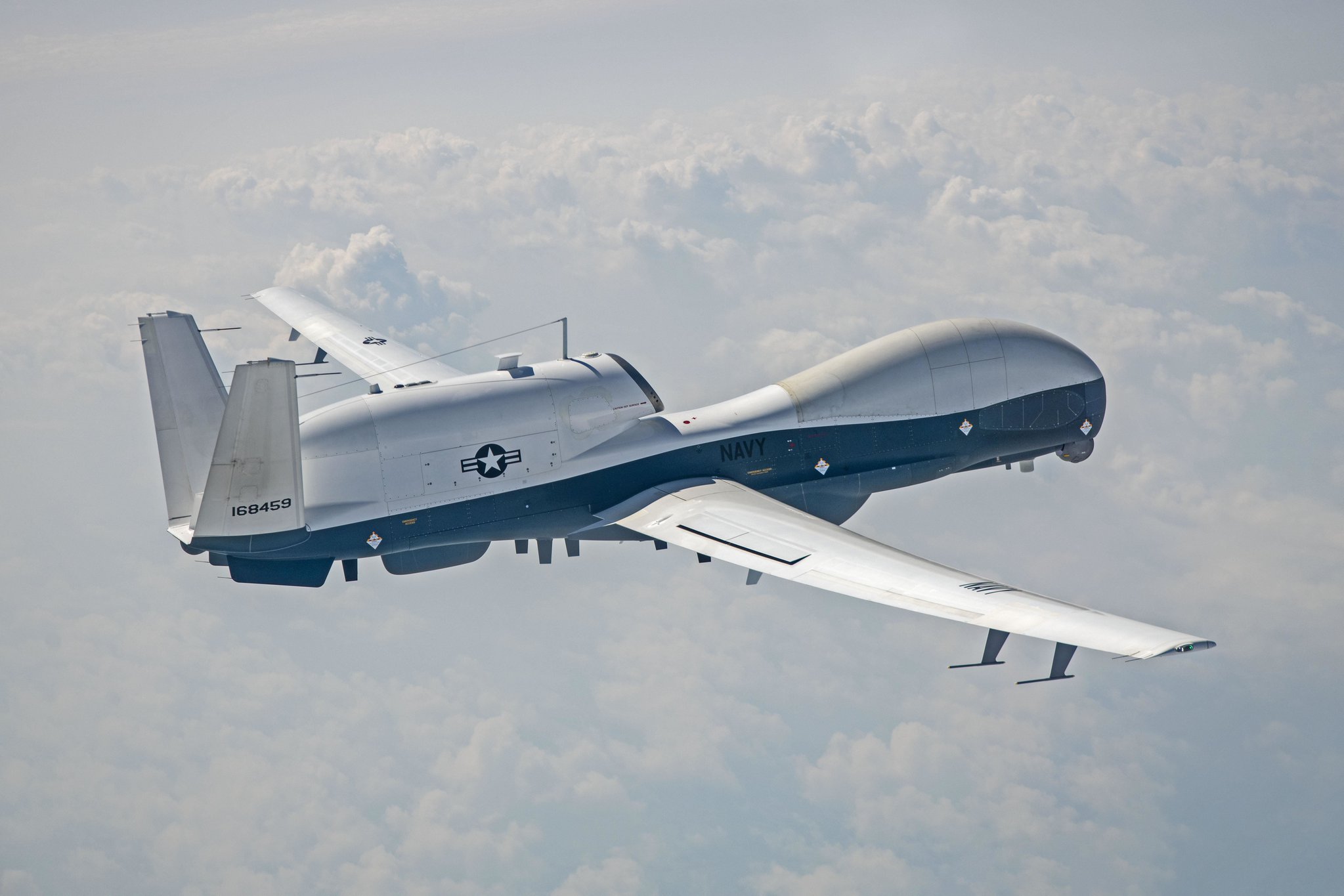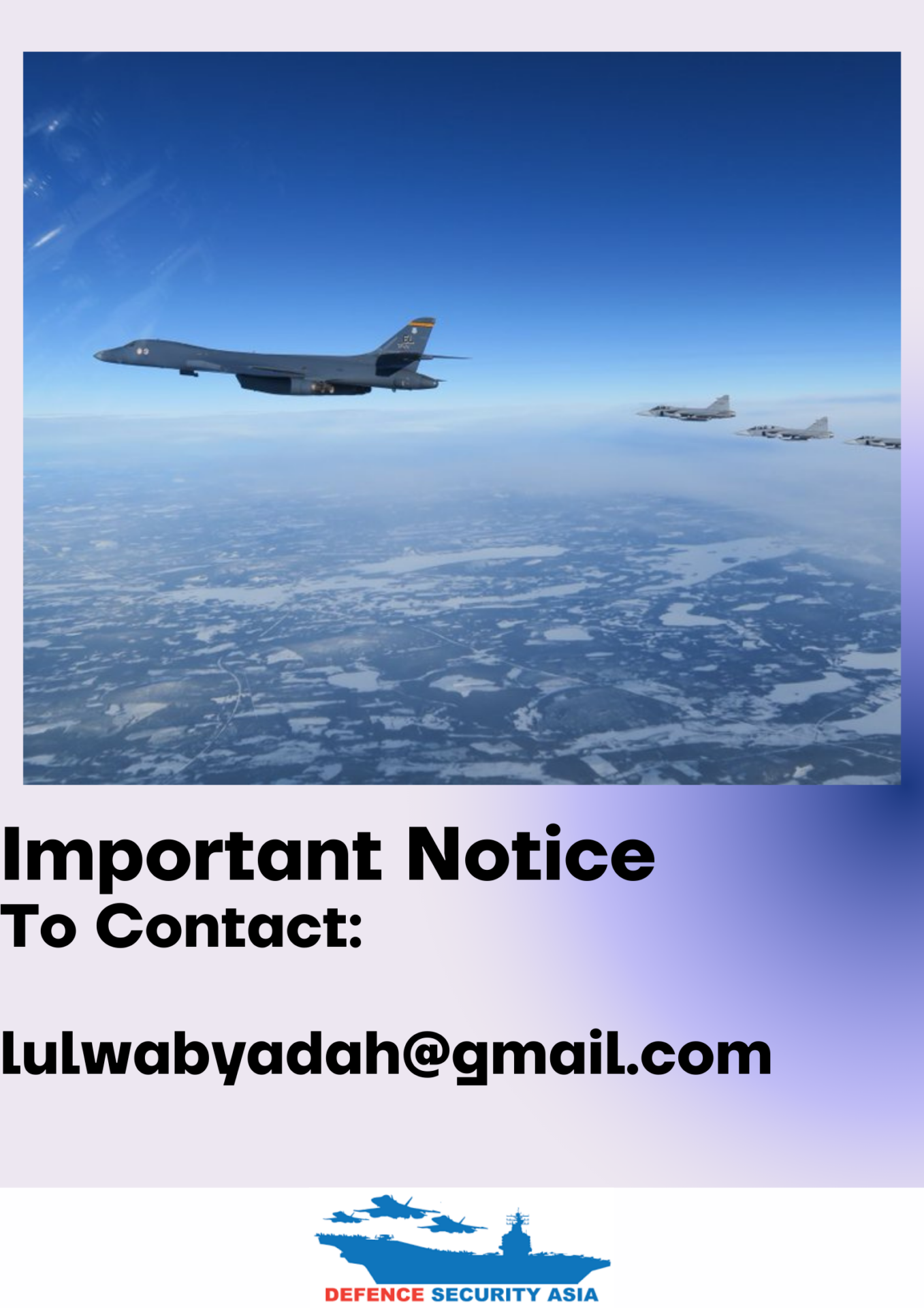USAF MQ-4C “Triton” Drone Sends Emergency Signal After Conducting ISR Mission in the Black Sea
According to recent reports from Open Source Intelligence (OSINT), a United States Air Force (USAF) MQ-4C Triton drone, operating under the callsign BLKCAT6, issued an emergency signal during an Intelligence, Surveillance, and Reconnaissance (ISR) mission over the Black Sea, before landing at a naval airbase in Sigonella, Sicily, Italy.
(DEFENCE SECURITY ASIA) — The United States Air Force’s (USAF) MQ-4C “Triton” drone has been deployed to conduct Intelligence, Surveillance, and Reconnaissance (ISR) missions over the Black Sea, specifically to closely monitor Russian military movements in the annexed Crimea region of Ukraine.
However, recent reports indicate that a USAF MQ-4C Triton drone, using the callsign BLKCAT6 while on an ISR mission in the Black Sea, issued an emergency signal before landing at a naval airbase in Sigonella, Sicily, Italy.
According to information from the flight tracking application RadarBox, the drone with callsign BLKCAT6 transmitted a 7700 signal through its transponder, a code recognized by the International Civil Aviation Organisation (ICAO) indicating an emergency during flight.
The MQ-4C was detected landing shortly after sending the emergency signal.
In addition to RadarBox, other flight monitoring applications such as Flight Emergency Alerts and SquawkAlert also reported that the High Altitude Long Endurance (HALE) drone issued an emergency signal.

ICAO emergency codes include 7700 (general emergency), 7600 (communication problems), and 7500 (aircraft hijacking).
Further reports have emerged suggesting the drone, valued at approximately $125 million, crashed near the Romanian coast.
Unconfirmed reports have also stated that the U.S. military deployed several Black Hawk helicopters to the Romanian coastal area in an attempt to locate the wreckage of the Triton.
While some sources attribute the crash to bad weather, other reports claim the incident was not weather-related.
The United States and NATO have been actively deploying their reconnaissance aircraft, including the recently deployed MQ-4C Triton, to Europe to undertake missions gathering intelligence in the Black Sea.
The intelligence gathered by these aircraft, including the P-8 Poseidon and MQ-4C Triton, is then relayed to Ukrainian forces to facilitate more precise targeting of Russian military positions in Crimea.


Reports have linked a recent significant missile attack by Ukrainian forces using MGM-140 ATACMS against Russian military positions in Crimea to these reconnaissance flights by American and NATO drones in the Black Sea.
Recently, Russia has threatened to take more severe actions against U.S. and NATO drones operating in the Black Sea, though Moscow has not elaborated on the nature of these actions.
In an incident in March last year, a Russian Su-27 fighter jet intercepted and allegedly “clipped” the propeller of a USAF MQ-9 Reaper drone, causing it to crash into the Black Sea.
The U.S. military condemned the Russian jet’s “unsafe” flying behavior which led to the drone’s crash. At the time, the drone was engaged in an ISR mission near Crimea, a region formerly belonging to Ukraine but now occupied by Russia.
The Russian Defense Ministry denied any contact between its fighter jet and the American drone, claiming it crashed due to “sharp maneuvers” performed during the flight.

The Triton drone, developed by Northrop Grumman and based on the “RQ-4 Global Hawk,” is considered more advanced and capable, equipped with sophisticated phased array antenna radar, cameras, and sensors to monitor coastal areas and maritime environments.
It is operated by a crew of four, capable of flying missions longer than 30 hours and reaching altitudes above 60,000 feet. — DSA


Comments are closed.